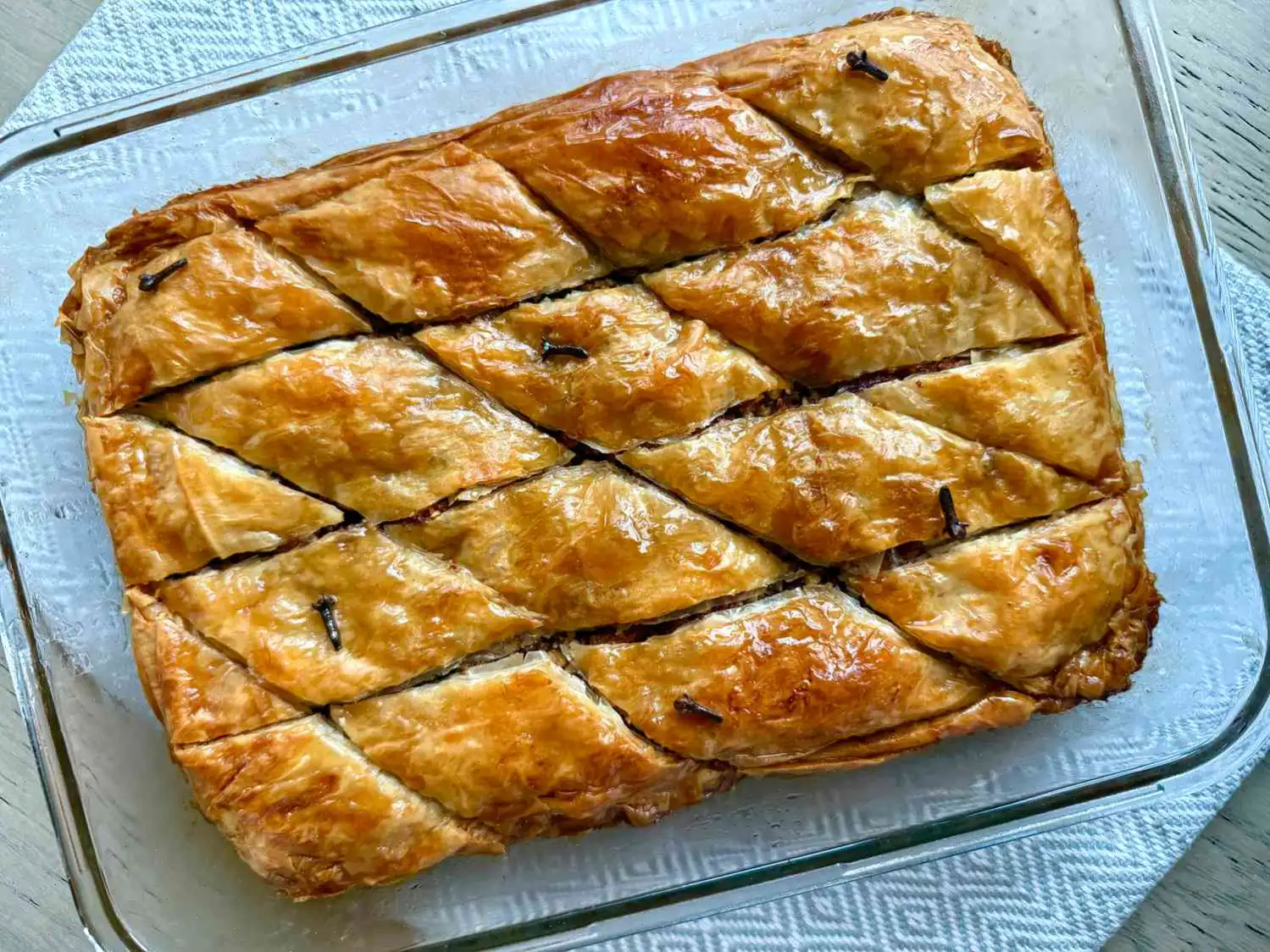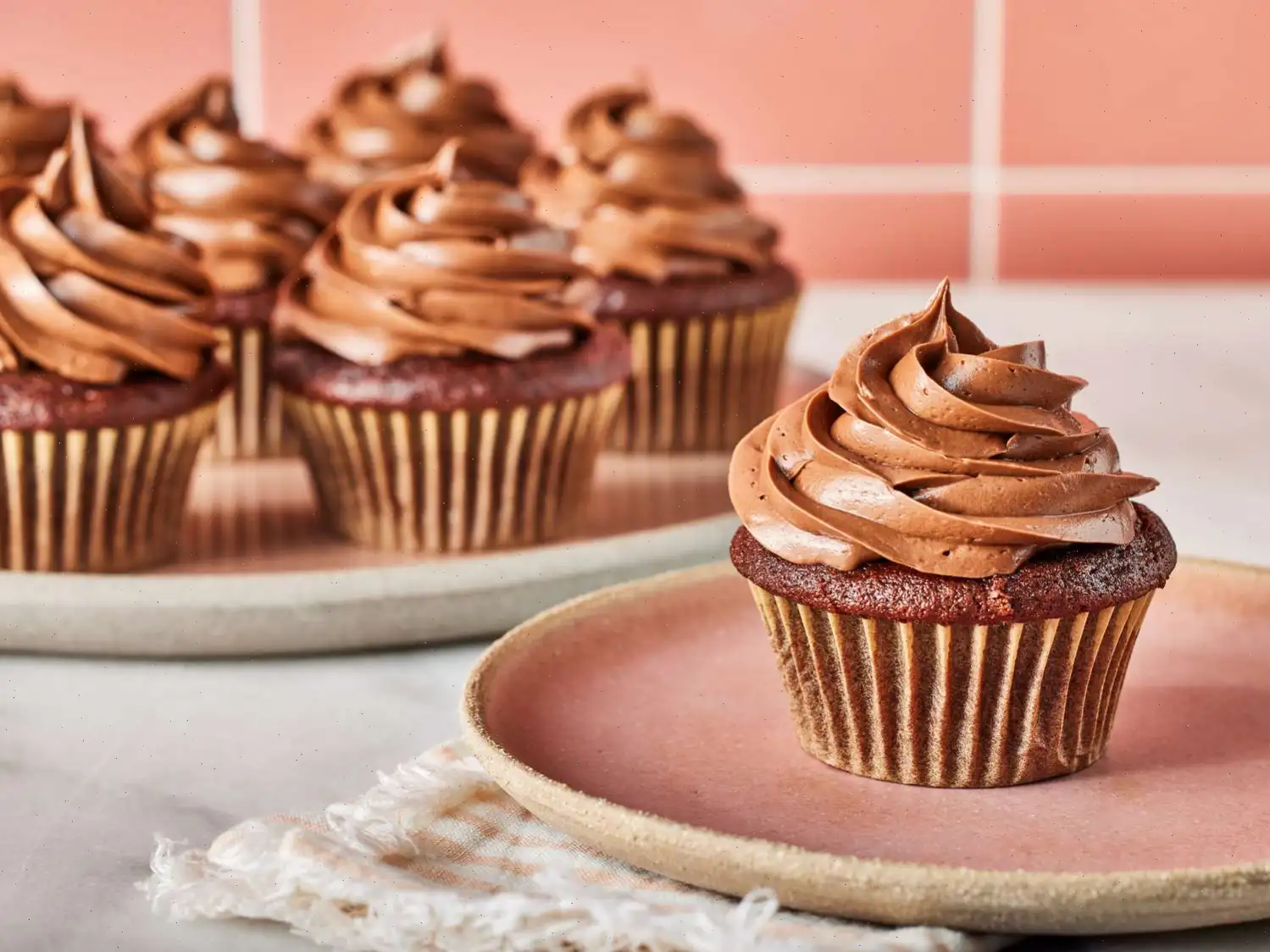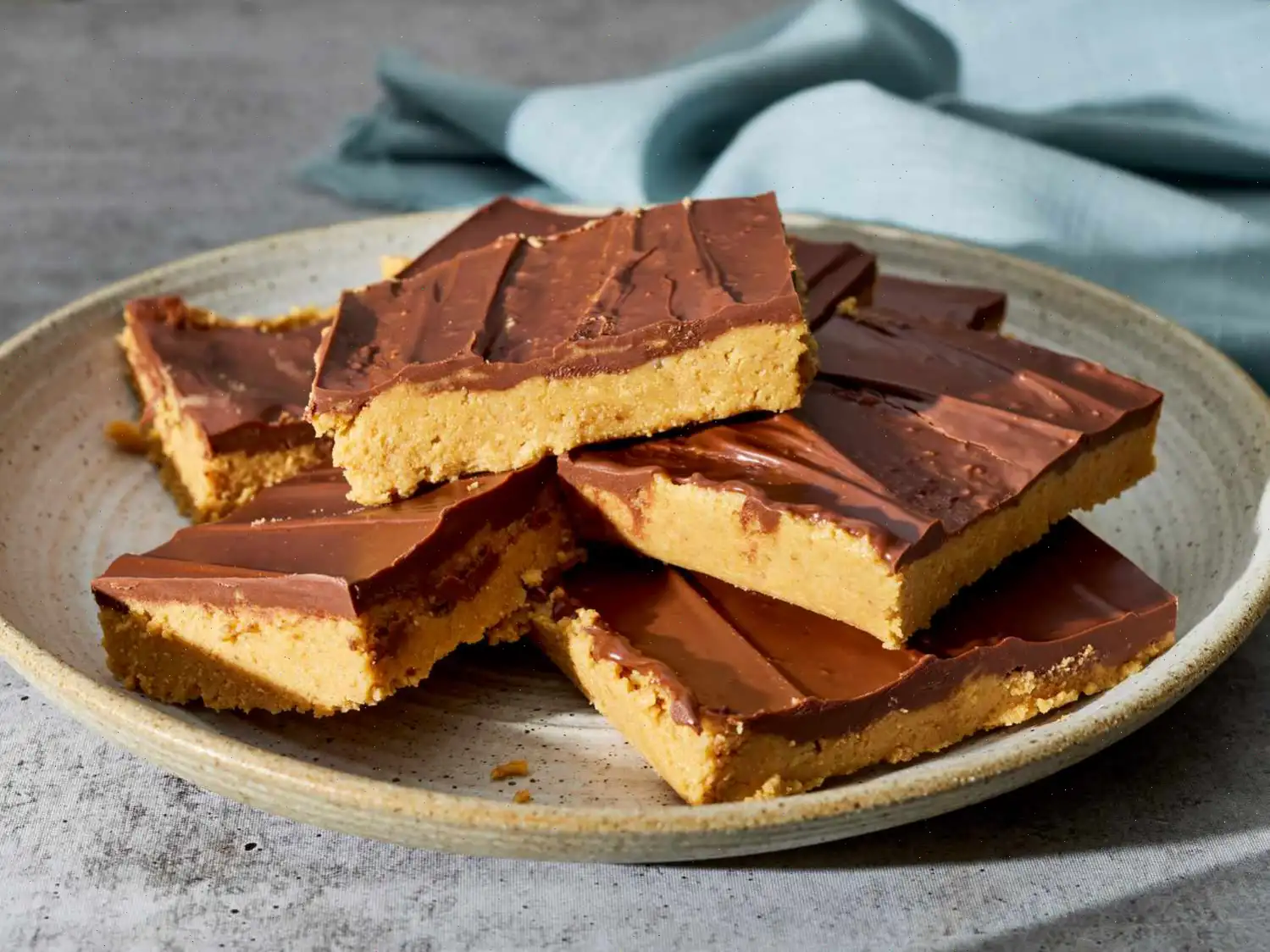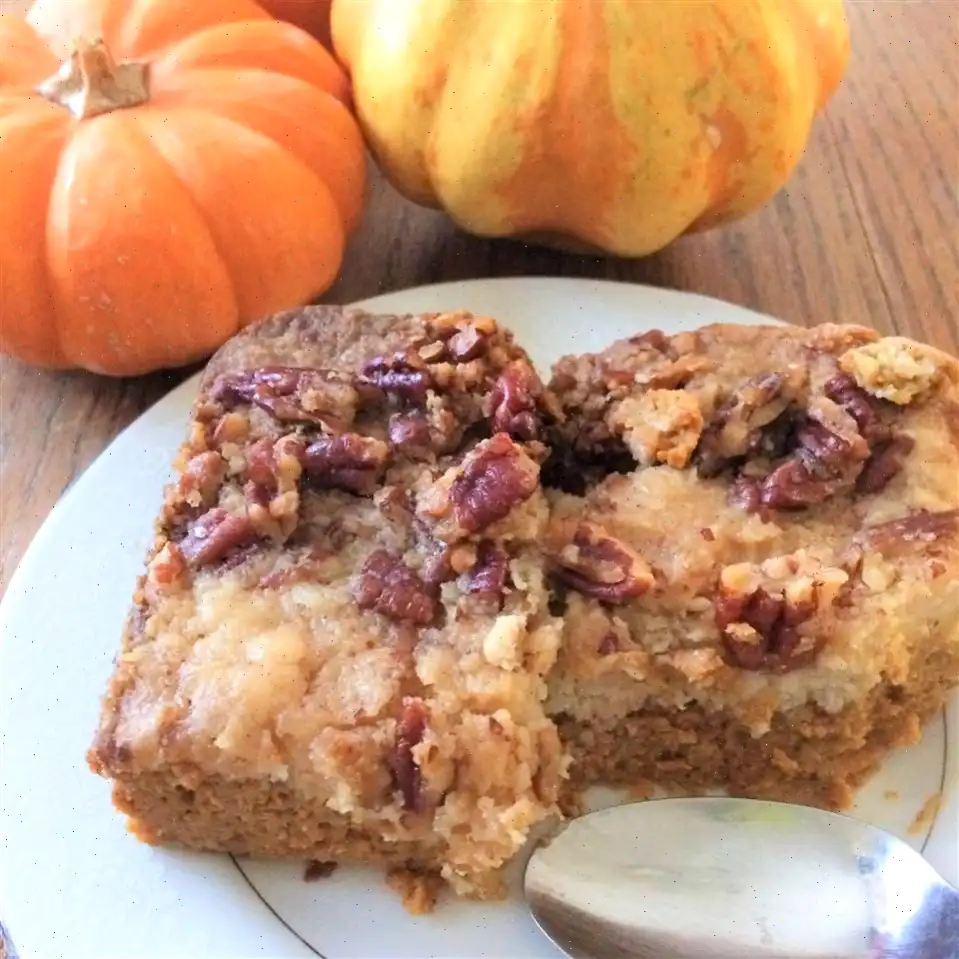
Rhubarb Olive Oil Cake Recipe
This delightful rhubarb cake is a perfect balance of sweet and tangy flavors, offering a deliciously moist texture. Here's how to make it from start to finish.
Ingredients
- 2 cups finely chopped rhubarb
- 2 tablespoons all-purpose flour
- 3 extra large eggs, at room temperature
- 1 1/4 cups white sugar
- 1 1/2 teaspoons vanilla extract
- 3/4 teaspoon salt
- 1/2 teaspoon almond extract
- 1/4 teaspoon ground nutmeg
- 2/3 cup olive oil
- 1/2 cup full-fat sour cream or plain whole milk yogurt, at room temperature
- 1 1/2 cups all-purpose flour
- 1 teaspoon baking powder
- 1/4 teaspoon baking soda
- 2 tablespoons sugar
Directions
- Preheat the oven to 325F (165C). Grease an 8- or 9-inch round cake pan with tall sides and line the bottom with parchment paper.
- In a bowl, toss the chopped rhubarb with 2 tablespoons of flour to coat the rhubarb evenly.
- In a large mixing bowl, beat the eggs, 1 1/4 cups sugar, vanilla extract, salt, almond extract, and nutmeg together until well combined, about 1 minute.
- With the mixer running on low speed, gradually drizzle in the olive oil and continue mixing until the mixture is fully incorporated.
- Add the sour cream (or yogurt) and mix until smooth and combined.
- Add the remaining 1 1/2 cups flour, baking powder, and baking soda to the mixture, stirring until just combined. Be careful not to overmix.
- Gently fold the coated rhubarb into the batter, ensuring it is evenly distributed.
- Pour the batter into the prepared cake pan and smooth the top with a spatula.
- Sprinkle the remaining 2 tablespoons of sugar evenly over the top of the batter.
- Bake in the preheated oven for 65 to 75 minutes, or until a toothpick inserted into the center comes out clean.
- Allow the cake to cool in the pan for 15 minutes before transferring it to a wire rack to cool completely.
Nutrition Facts (per serving)
- Calories: 366
- Total Fat: 19g (24% Daily Value)
- Saturated Fat: 4g (19% Daily Value)
- Cholesterol: 77mg (26% Daily Value)
- Sodium: 271mg (12% Daily Value)
- Total Carbohydrate: 45g (16% Daily Value)
- Dietary Fiber: 1g (4% Daily Value)
- Total Sugars: 28g
- Protein: 5g (10% Daily Value)
- Vitamin C: 2mg (2% Daily Value)
- Calcium: 74mg (6% Daily Value)
- Iron: 1mg (8% Daily Value)
- Potassium: 135mg (3% Daily Value)
* Percent Daily Values are based on a 2,000 calorie diet. Your daily values may be higher or lower depending on your calorie needs.
The History of Rhubarb Olive Oil Cake
Rhubarb has been cultivated for centuries, originally in Asia, and was prized for its medicinal qualities long before it became a culinary ingredient. The combination of rhubarb and olive oil in cakes is a relatively modern innovation that emerged in Mediterranean-inspired baking. Olive oil, a staple in Italian and Greek kitchens, provides moisture and a subtle fruity richness that balances the tartness of rhubarb. This fusion became particularly popular in the early 21st century among home bakers seeking lighter, less buttery alternatives to traditional cakes, marrying old-world ingredients with contemporary health-conscious baking trends.
Regional Characteristics
While rhubarb cakes are found in many countries, the use of olive oil gives this dessert a distinctly Mediterranean flair. In Italy and Southern France, olive oil is often preferred over butter in cakes, producing a softer crumb and enhanced aroma. The rhubarb itself tends to come from regions with cooler climates, such as Northern Europe or the northern United States, where it develops its characteristic tart flavor. Regional variations might include adding local citrus zest, almonds, or spices like cardamom to complement both the rhubarb and olive oil, creating unique local signatures of the dish.
Differences from Similar Dishes
Unlike traditional butter-based rhubarb cakes or streusels, the rhubarb olive oil cake features a moist, tender texture and a nuanced, slightly fruity flavor from the oil. While a classic rhubarb pie focuses on a pronounced sweet-and-tart filling within a crisp crust, this cake integrates rhubarb directly into the batter, giving a more uniform tartness throughout. Additionally, it avoids the heaviness of cream or butter-laden desserts, making it lighter yet still rich in flavor. Its subtle almond and nutmeg notes also set it apart from simpler rhubarb cakes or coffee cakes.
Typical Serving Contexts
Rhubarb olive oil cake is versatile and often served in both casual and formal settings. It is popular for brunches, afternoon teas, or as a dessert following a light meal. Many cafes feature it alongside coffee or herbal teas, where its tangy flavor pairs beautifully with warm beverages. It is also a favored choice for springtime gatherings when fresh rhubarb is in season, offering a bright and slightly tangy contrast to sweeter accompaniments like whipped cream or yogurt.
Interesting Facts
- Rhubarb is technically a vegetable, though it is used as a fruit in desserts.
- The combination of rhubarb and olive oil reduces the need for butter, creating a healthier, more heart-friendly cake.
- Olive oil cakes tend to stay moist for several days, unlike traditional butter cakes, which can dry out quickly.
- The tangy flavor of rhubarb naturally balances sweetness, so recipes often require less sugar than other cakes.
- This cake has become a symbol of modern baking trends that prioritize flavor complexity and texture over richness alone.
You can listen to this recipe in AI audio format. Simply click the play button below to listen to the content in a format that suits you best. It’s a great way to absorb information on the go!








